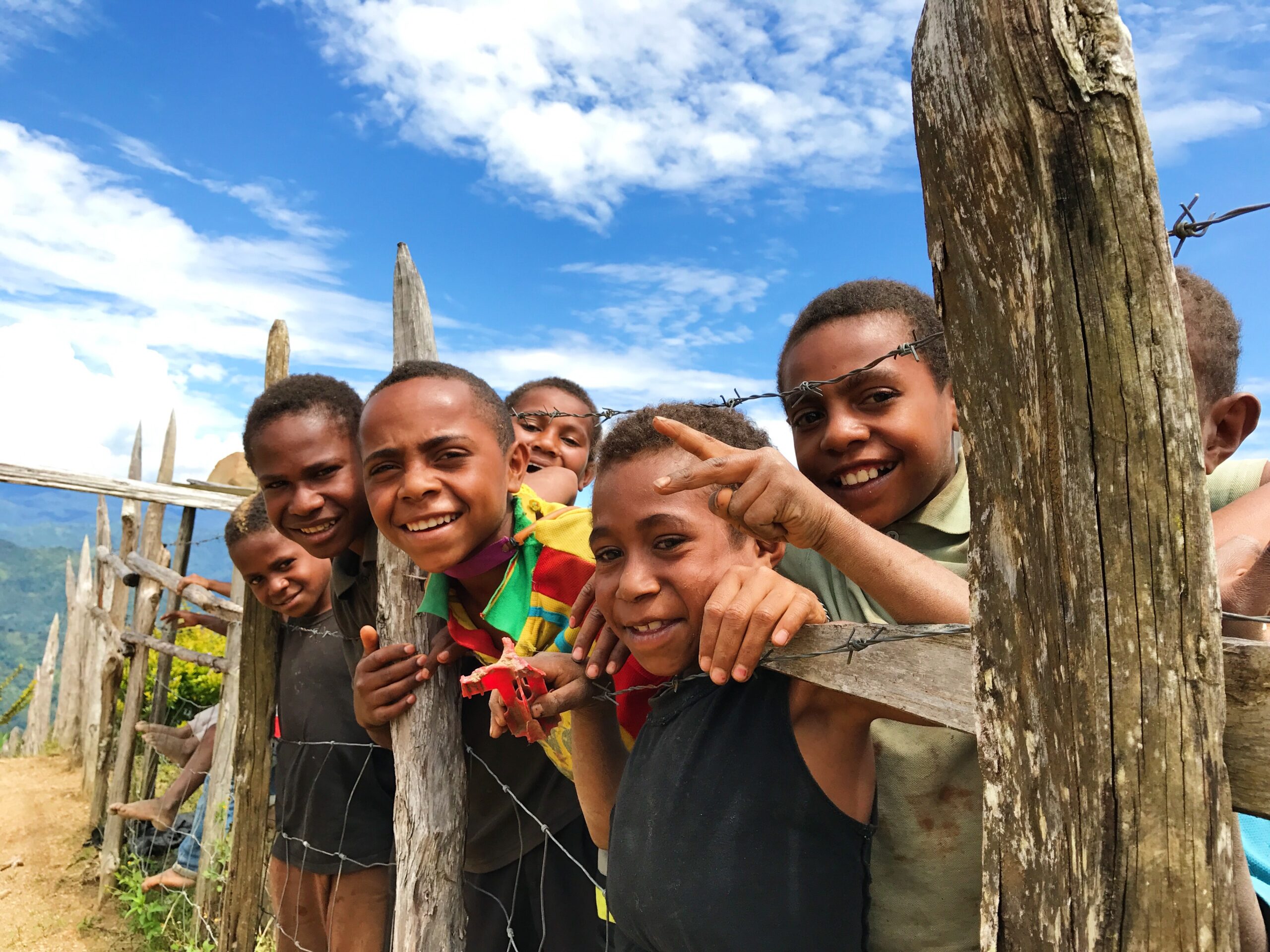Just as a stopped clock is correct twice a day, there is the odd separatist movement that defies the odds and succeeds. In fact, so far this century there have been 3. Though the human and financial cost were significant, in the end, the goal was achieved, and now this trio of new nations have a seat of their own at the United Nations General Assembly.
EAST TIMOR
It was 2002 which saw the birth of the Democratic Republic of Timor-Leste (also known as East Timor). This small island in the Timor sea, is home to 1.2 million people who belong to around 24 different ethnic groups, 99.5% of whom identify as Christian. The island was a Portuguese colony, until a revolution in 1975, which declared Timor independent.
Although any ideas they entertained about a life of sovereignty were dashed 9 days later, when they were forcibly taken over by Indonesia and reluctantly made part of that country. There were constant, yet unsuccessful, attempts at resistance by the Timorese for several decades, until they finally secured a UN sponsored act of self determination in 1999.
This would go on to make Timor Leste the first new country of the 21st century, when they officially became a sovereign nation on the 20th of May, 2002. They received quite a bit of help from their larger neighbours in Australia, which sounds like a very charitable move, on face value, not so much when you realise that Australia ended up taking a huge slice of Timor’s vast quantities of Oil and Natural gas. Today, in terms of Infrastructure, Economics, Law & order, Health and Education, it’s fair to say that Timor-Leste is still a work in progress.
MONTENEGRO
2006 takes us to the Balkans, where the hills meet the coastline of the Adriatic sea, in the picturesque region of Montenegro. Since the break up of the old communist republic of Yugoslavia, the state of Montenegro had been part of a shaky union with their neighbours in Serbia.
Known locally as “the mountain serbs”, the Montenegrins felt that the linguistic, ethnic and religious differences with Serbia, were a good enough reason to break away and become an independent nation. Whilst they did support the Serb’s in the 1991-95 War against Bosnia and Croatia, they later decided to sever ties in 1996, due to the brutal dictatorship of Serbian leader, Slobodan Milosevic.
It wasn’t until 2006 that a referendum on independence was held, with 55% voting in favour of independence. The result was hardly an overwhelming victory for the separatists, however accusations of corruption and vote rigging from both sides almost invalidated the whole process.
Despite the controversy, in 2007 the first constitution was ratified and the Federal Republic of Montenegro was born. The city of Podgorica was named the new capital, with a unicameral parliament lead by the President. Farming and tourism are the largest sectors of the Montenegrin economy and while they are back on good terms with Serbia, democracy has been struggling to stay alive in the new republic.
President Dukanovic was voted out in August 2020 after years of corruption and authoritarianism. The new government appears keen to repair the damage and continue efforts to assimilate Montenegro into the European Union.
SOUTH SUDAN
After decades of bloody civil war in Sudan, the region of South Sudan became an independent nation in 2011. Following the withdrawal of the British Colonial forces after World War 2, tensions developed between the Muslim majority in greater Sudan and the Christian and Animist peoples in the southern region.
Despite sitting on one of the largest Oil reserves in Africa, almost five decades of exhaustive civil war have left the entire Sudanese economy virtually in ruins. However, relief came to the south in 2011 with a successful independence vote.
Then on July 9th of that same year, the new Federal Republic of South Sudan became a reality. The city of Juba was established as the capital and English was declared the official language. Although there are many different ethnicities in this new country, each with their own language, almost all of them speak english as a second language, thus it has evolved into the region’s common tongue – very similar to what happened in India.
The Parliament of South Sudan has 2 chambers and is lead by the President and his 5 Vice Presidents. Unfortunately, this mostly rural nation is still classified as an under-developed economy with very poor infrastructure.
More recently, South Sudan became part of the East African community of nations in addition to joining the Commonwealth of nations, so hopefully some form of assistance is on the way.
OTHERS ON THE HORIZON
The emerging global powerhouse of China has found itself grappling with many separatist movements of its own. Something which has created tension with their competitors in the USA and the wider international community.
The most publicised and controversial of these would be the small island of Taiwan, and the even smaller island of Hong Kong, which has enjoyed a western style democracy for generations and has no intentions of giving it up, simply to surrender to life under the Communist government in Beijing.
But that’s not all, there’s also the large mainland region of Tibet, with it’s marginalised Buddhist minority and exiled Dalai Lama, together with the more recently revealed region of Xinjiang, home to the brutalised Muslim minority known as the Uyghurs (pronounced weegers).
There have been suggestions that this province of 12 million citizens could break away and become the Islamic republic of Uyghurstan or East Turkmenistan, although these seem like little more than pipe dreams at this stage.
Moving back to the southern hemisphere, we have one more likely contender for a successful separation, and that is the kookily named “Bougainville”. This island is already an autonomous region of Papua New Guinea, and in last years independence plebiscite, voted 98% in favour of separation.
What’s also encouraging for the separatists is that their movement enjoys widespread international support, and in previous military conflicts with the larger PNG army, the folks of Bougainville have emerged victorious, thanks not just to their grit and determination, but also their extensive knowledge of the landscape.
Although the independence vote was not actually a legally binding operation, the wheels of independence are well and truly in motion.
IN CONCLUSION
As we’ve seen, separatist movements generally have the odds stacked against them. Could this change? Well, the growing success of the secessionist movement in Bougainville island has actually got the government of Papua New Guinea worried about similar movements sprouting up in the provinces of Enga, East New Britain and New Ireland – not to mention West Papua, which still belongs to Indonesia.
There’s even rumours of a united Ireland in the aftermath of Brexit. It’s true. So upset were the Northern Irish about Britains withdrawal from the EU, it may make possible something which, just a few decades ago, seemed categorically impossible.
In the past, regular opinion polls suggested that the majority of people in Northern Ireland would prefer to stay a part of the United Kingdom, with a sizeable minority wanting to assimilate with the Republic of Ireland, and a very small but equally passionate group, calling for Northern Ireland to become a completely new and independent nation called “Ulster”. Today all that has changed.
In all of the aforementioned cases, an awful lot will depend on the support of the International community, but it still leaves separatist movements with a very big hill to climb. Watch this space.


